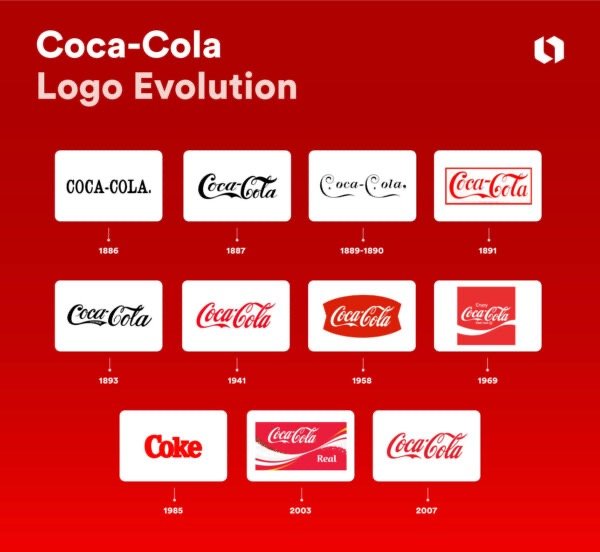The term Camera Club has been in use since the 1880s. The name reflects an era when the camera itself was a novel, fascinating and complex invention. One of the earliest prominent examples is the Camera Club of New York, founded in 1884. In that era, photography was as much a technical endeavour as it was an artistic one. Cameras were complex, cumbersome tools that required an understanding of optics, chemistry, mechanics, and exposure. Incorporating the term ‘Camera in a name reflected this technical fascination. As photography became more accessible to the public due to innovations like the Kodak box camera in 1888, photographic techniques shifted from a mechanical to a creative approach. Some camera clubs responded to this change in emphasis by evolving into photographic societies, photography clubs, or photographic associations.
The word Camera in the name doesn’t trouble most people, but it is no longer appropriate. After all, no member of a camera club turns up to a meeting with a camera. The only exception that I recall was when a prospective member proudly arrived with his camera and a strong desire to talk about it. He was sorely disappointed when he found that there were no cameras to be seen at the ‘Camera’ club, and the discussion was focused on scores of photographs. He had a disconnect between the instrument and its output. Today, though most clubs focus on photography rather than camera technology, the term endures as a tradition.
But there’s a conflict between tradition and emphasis. Traditions can become outdated when the emphasis shifts. That can be seen in the evolution of businesses that change their public presentation as their business model evolves. A business needs to have a distinctive public image that reflects the services or products it provides, as well as the vibe of the era. It also needs to provide its customers and clients with a sense of continuity. An example of such continuity is the Coca-Cola logo.
Changing the name of a club can be problematic. Some members may feel a strong sense of pride in the enduring name, which holds historical value for them, and could alienate long-time members.
But there are good reasons for a club name to incorporate the word ‘Photography’ instead of ‘Camera’. It more clearly signals that the club focuses on image-making, creativity, and artistic expression, rather than equipment. ‘Photography’ aligns better with contemporary language and interests, especially with younger or digital-native audiences. It suggests the inclusivity of smartphone, mirrorless, and digital editing practices.
A solution might be to present a proposal to the members, accompanied by an explanation of the reasons for change, including clarity of purpose, modernisation, and inclusivity. Continuity and respect for a club’s history can be preserved by incorporating it into a statement displayed on a website and in published materials.
Finally, the change should be put to a vote of members, perhaps at an Annual General Meeting.
